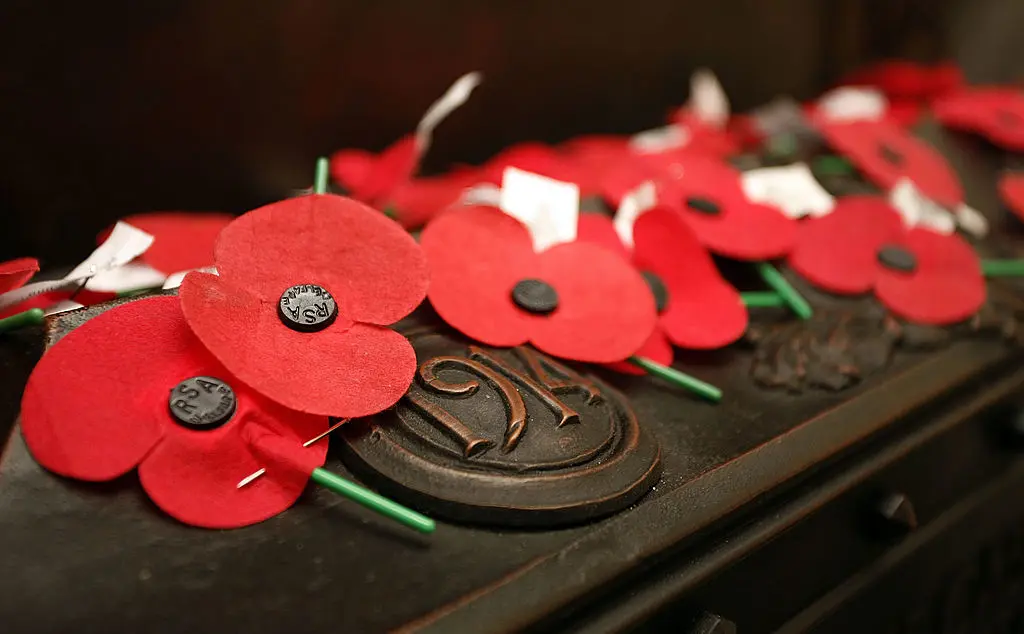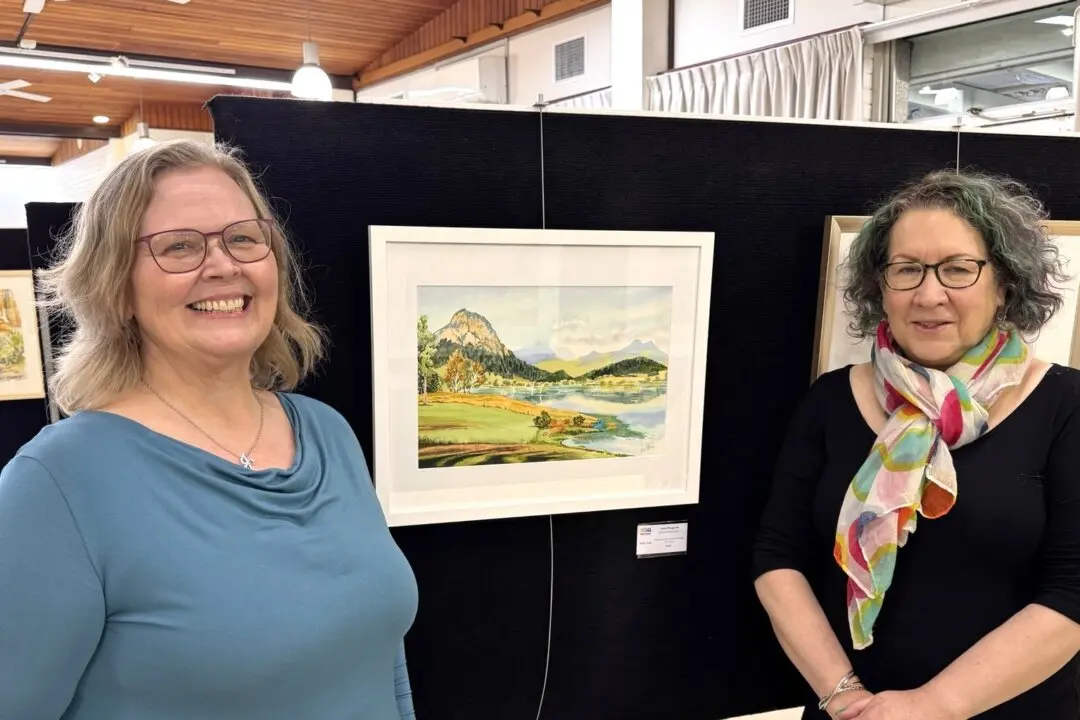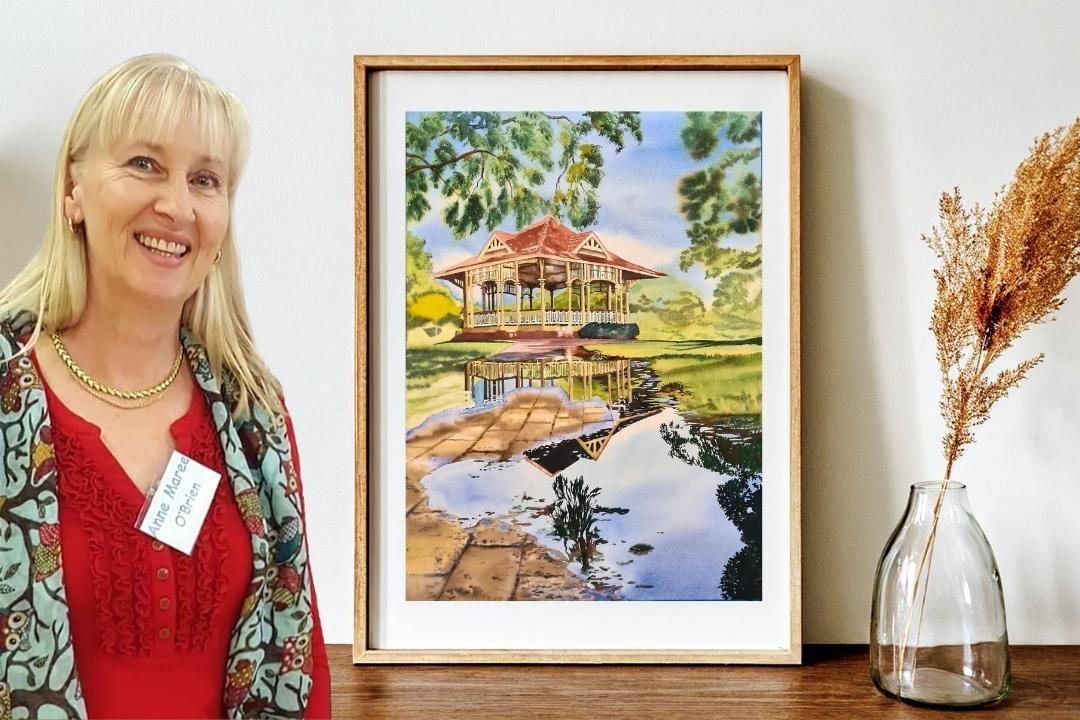Many of us know about the Sydney Harbour Bridge, a breathtaking global icon that looms over one of the world’s finest harbours and has adorned countless postcards over the years.
Spanning 503 metres and rising to 134 metres above the water, the bridge took eight years to build and officially opened in 1932.





